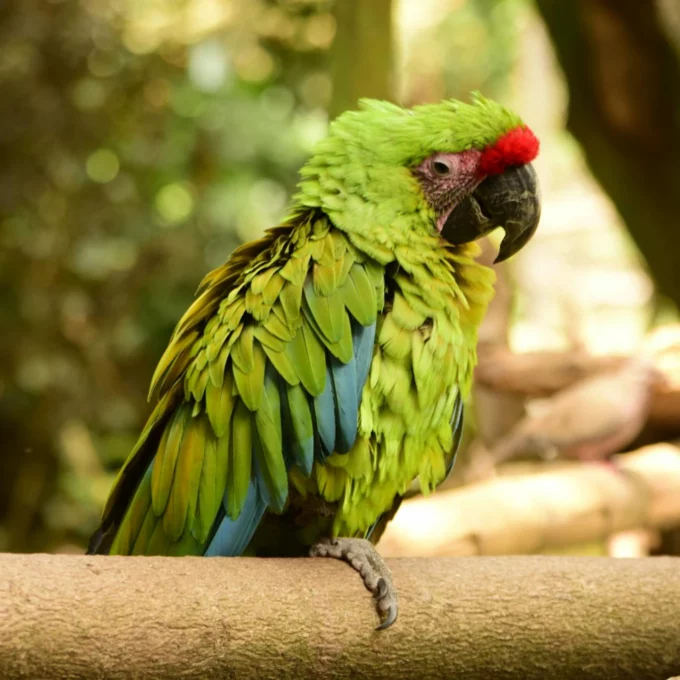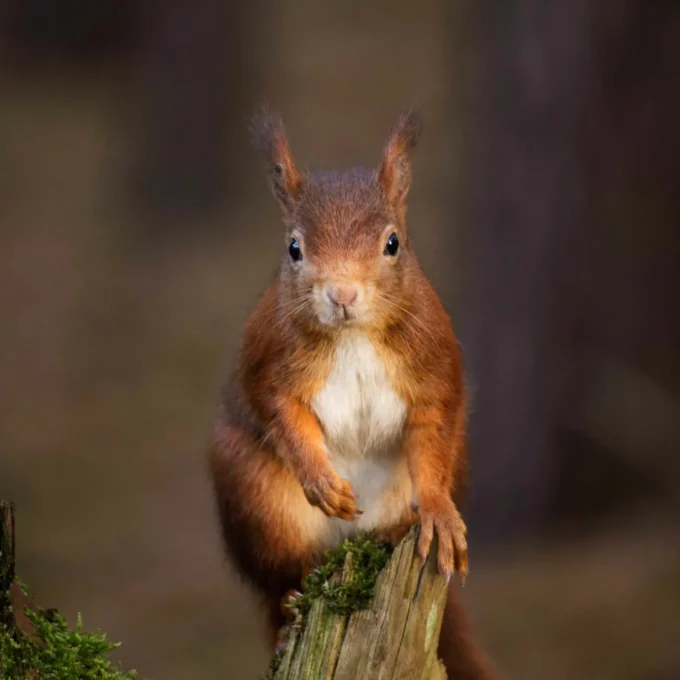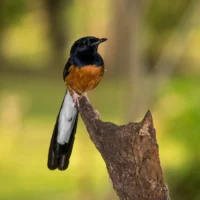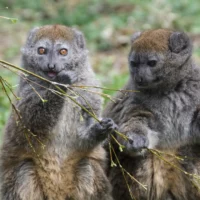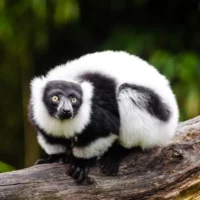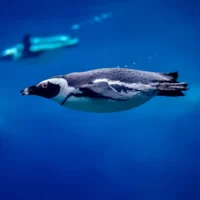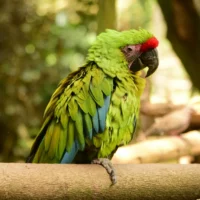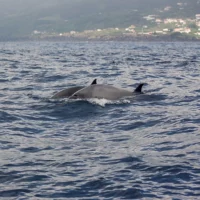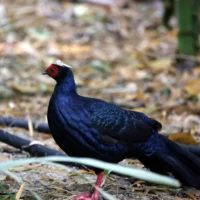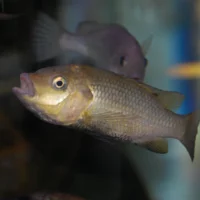Great green macaws travel long distances in large groups outside of the breeding season. Within the breeding season, they live in family groups of five to six individuals who patrol small home ranges within the forest and across open areas. They feed on nuts, seeds, fruits and flowers, including orchids.
Fun Fact – These birds lay up to 3 eggs per breeding season in the hollow cavities of mountain almond trees!
-
Ecology
-
Threats
The main cause of population decline is habitat loss; rapidly expanding road networks are making areas of the forest more accessible to humans, leading to an increase in deforestation for agriculture. Some wrongly believe great green macaws are a crop pest and shoot the birds to protect their livelihoods. Great green macaws are also captured as cagebirds because of their impressive colouring.
-
Conservation
The World Land Trust have built artificial nests in protected areas in Ecuador to encourage natural breeding, and captive breeding has also begun in the country. Listing them as endangered in America has allowed CITES to be implemented, meaning that trade of the great green macaw is banned. The Macaw Recovery Network in Costa Rica also does community outreach to change attitudes towards these birds, as well as working to restore their natural habitats.
Nature’s SAFE stores samples from the great green macaw to safeguard their future and supplement ex-situ breeding in the case of further decline.
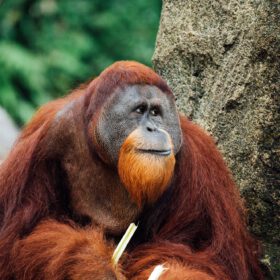
Fundraise for us
Sponsor a Fundraising Hero embarking on a challenge, or plan your own fundraiser to support us.
Get Started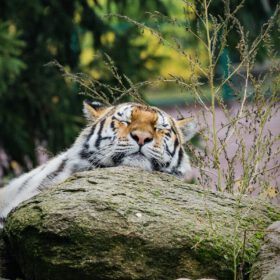
Corporate participation
Explore opportunities to develop a corporate partnership with us.
Get Started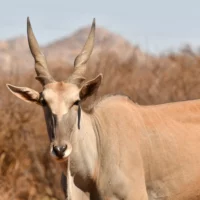
Common Eland
Total Population: 90,000 to 110,000 in the wild
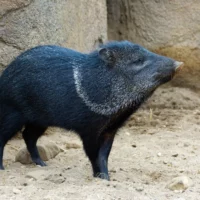
Collared peccary
Total Population: More than 2,000,000 in the wild
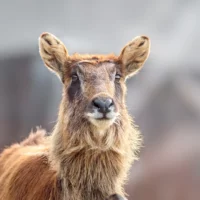
Nile Lechwe
Total Population: 30,000 - 40,000 in the wild
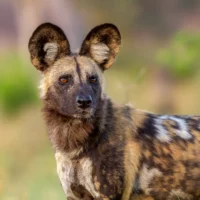
African wild dog
Total Population: Around 6,600 in the wild
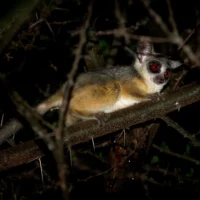
Senegal galago
Total Population: Unknown
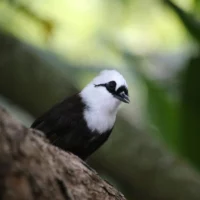
Sumatran laughing thrush
Total Population: 2,500 - 10,000 in the wild
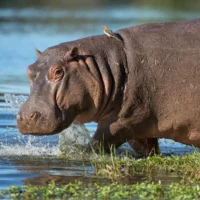
Common Hippo
Total Population: Less than 150,000 in the wild
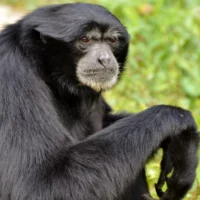
Siamang Gibbon
Total Population: Around 22,000 in the wild
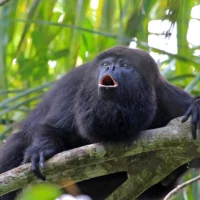
Black howler monkey
Total Population: Less than 5,000 in the wild
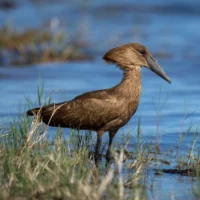
Hamerkop
Total Population: Unknown
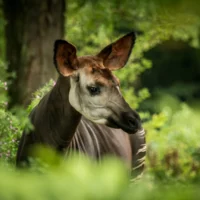
Okapi
Total Population: Less than 25,000 in the wild
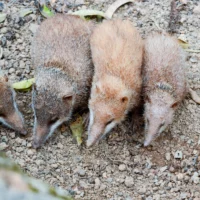
Lesser Madagascan tenrec
Total Population: Unknown
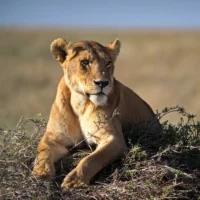
African Lion
Total Population: 20,000 - 25,000 in the wild
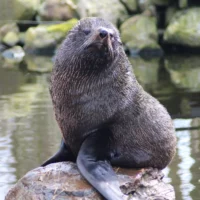
South American fur seal
Total Population: Around 200,000 in the wild
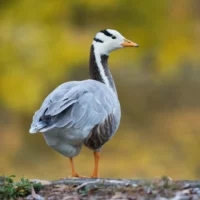
Bar-headed goose
Total Population: 97,000 - 118,000 in the wild
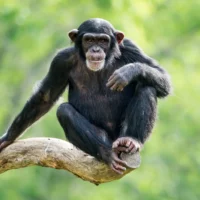
Chimpanzee
Total Population: 170,000 - 300, 000 in the wild
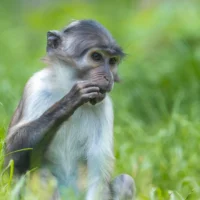
White naped mangabey
Total Population: Around 1,000 in the wild
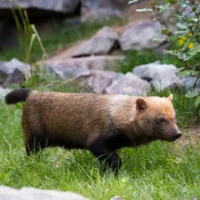
Bush dog
Total Population: Unknown
